Ground shipping is currently paused. Local deliveries throughout Long Island will continue as usual. Pre-orders for fall are now open. Non-local orders will begin shipping again in early September. Click here to learn more.
Ground shipping is currently paused. Local deliveries throughout Long Island will continue as usual. Pre-orders for fall are now open. Non-local orders will begin shipping again in early September. Click here to learn more.
| Size | |
|---|---|
| Common Name | |
| Type | |
| Family | |
| Native? | |
| Zone | 3, 4, 5, 5b, 6 |
| Height Range (ft.) | 30 to 40 |
| Spread (ft.) | 20 to 30 |
| Bloom Time | |
| Bloom Description | inconspicuous, Small Catkins |
| Sun | |
| Water | |
| Maintenance | |
| Suggested Use | |
| Tolerate | |
| Growth Rate | |
| Attracts |
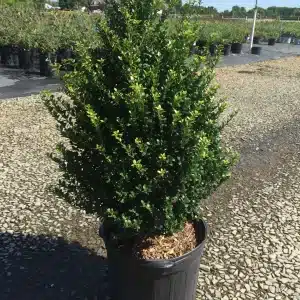
Betula populifolia, or Gray Birch, is a fast-growing native tree with white bark and triangular leaves—great for tough soils, wildlife, and naturalized plantings.
$82.99 – $149.99Price range: $82.99 through $149.99
Please note: Sizes 1.5 Gallon and up can’t be shipped outside the counties of Nassau, Suffolk, and Queens.
Learn more about how the process works and how our plants are delivered.
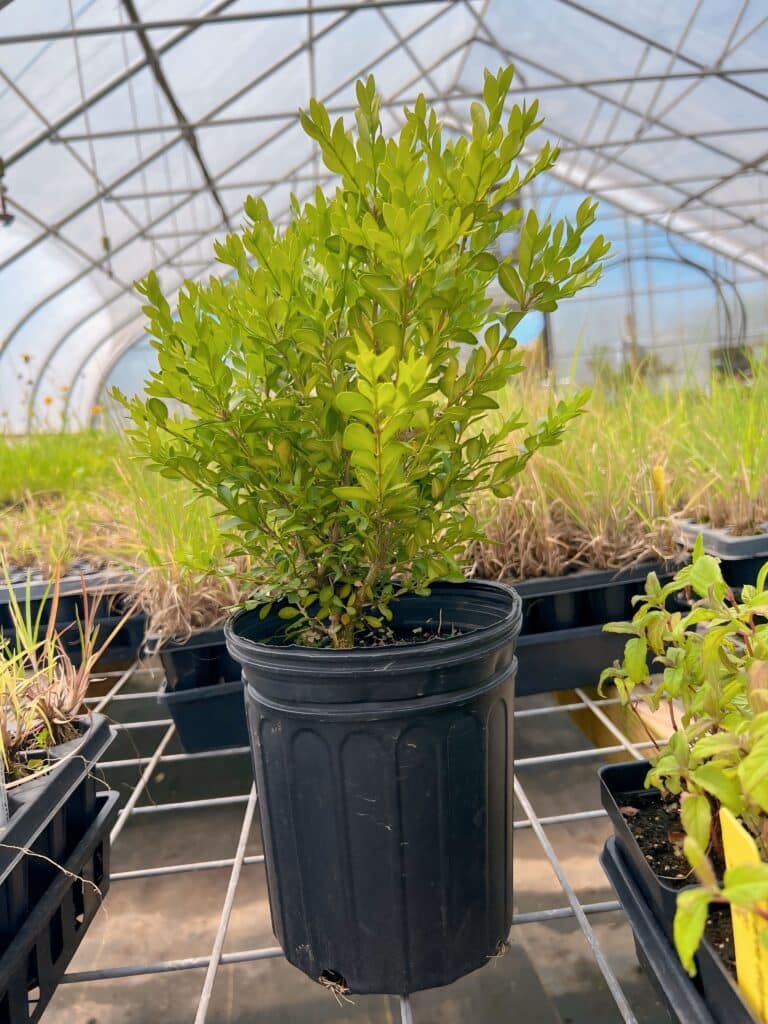


Ground shipping is paused due to summer heat. Only local delivery (Long Island & Queens) is available. Orders placed during the pause will begin processing September 1, and ground shipping will resume September 15.
| Size | |
|---|---|
| Common Name | |
| Type | |
| Family | |
| Native? | |
| Zone | 3, 4, 5, 5b, 6 |
| Height Range (ft.) | 30 to 40 |
| Spread (ft.) | 20 to 30 |
| Bloom Time | |
| Bloom Description | inconspicuous, Small Catkins |
| Sun | |
| Water | |
| Maintenance | |
| Suggested Use | |
| Tolerate | |
| Growth Rate | |
| Attracts |
Betula populifolia, commonly known as Gray Birch, is a fast-growing, short-lived native deciduous tree valued for its white bark, triangular leaves, and ability to thrive in poor, dry soils. Typically reaching 20 to 40 feet tall with a narrow, upright form and multiple trunks, this birch is ideal for naturalized plantings, woodland edges, and restoration projects. Unlike other birches, Gray Birch resists bronze birch borer, making it a hardy choice for challenging sites. Its seeds feed birds, and it serves as a host plant for several species of native butterflies and moths.
Distinctive white bark: Adds year-round visual interest, especially in winter
Tough native tree: Thrives in dry, rocky, or nutrient-poor soils
Wildlife value: Supports native pollinators and seed-eating birds
Sun exposure: Prefers full sun to light shade
Soil needs: Tolerates poor, dry, or sandy soils; avoid wet, heavy clay
Maintenance: Minimal; prune to remove crossing branches or manage shape
Naturalized landscapes: Blends beautifully into native borders and meadows
Pollinator gardens: Host plant for numerous Lepidoptera species
Reclamation projects: Excellent pioneer species for disturbed or degraded soils
Native species: Hosts butterfly and moth caterpillars and supports insect biodiversity
Bird-friendly: Seeds attract finches and other small birds
Pioneer tree: Ideal for early successional plantings and erosion control
/5
Total reviews
|
|
Persons recommended this product
Anonymous
Shopper
check_circle Verified
Shop owner replied
Was this helpful
Anonymous
Shopper
check_circle Verified
Shop owner replied
Was this helpful
There are no reviews yet.
Be the first to review “ ”
Your feedback helps us improve our service.
Please log in to submit a review.
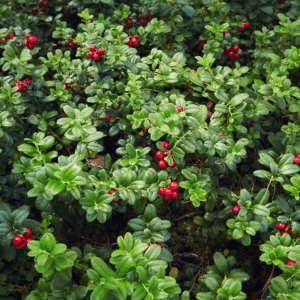

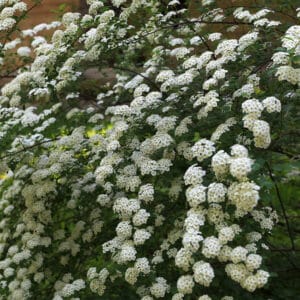
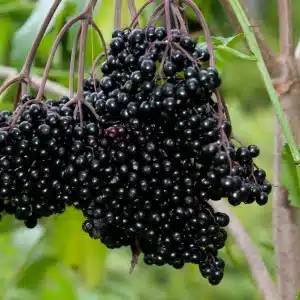
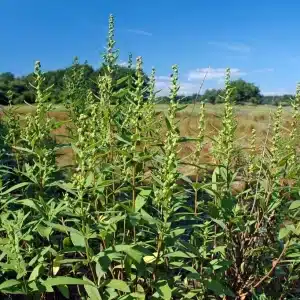
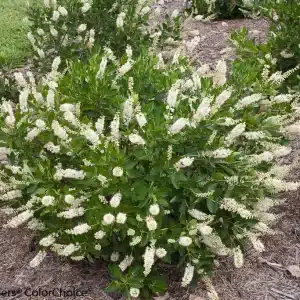
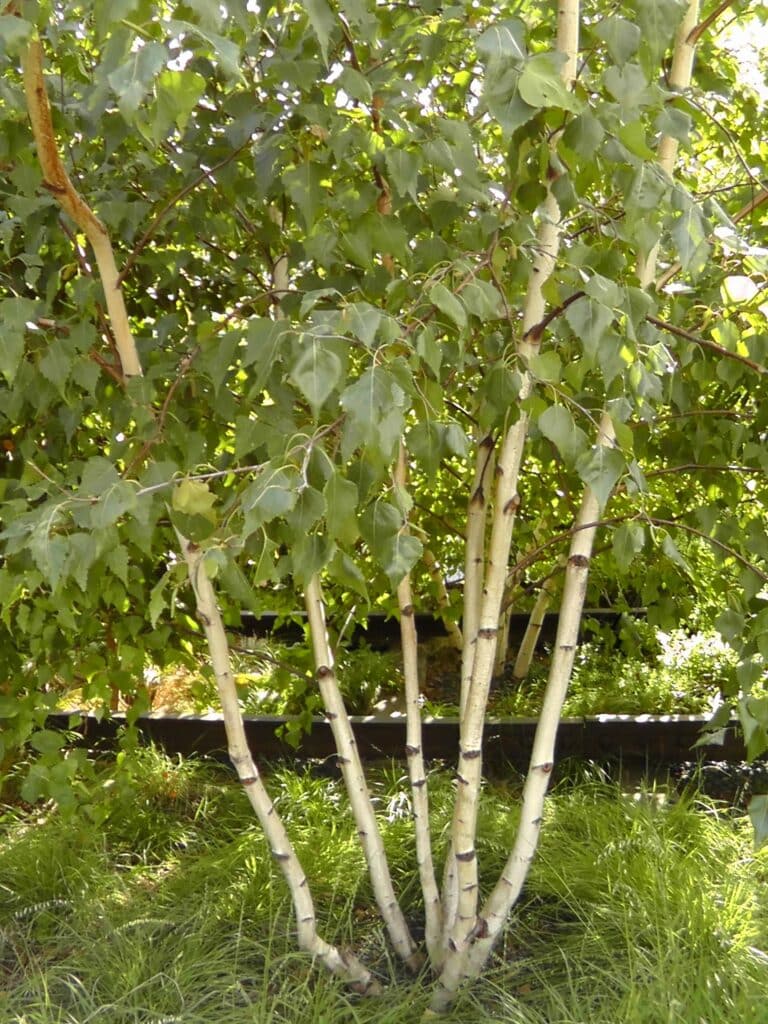
Yes. Betula populifolia is native to the northeastern United States, particularly in poor, dry, or disturbed soils such as old fields and forest edges. It is a pioneer species that plays an important role in early-succession ecosystems and supports native wildlife.
Gray Birch is known for its chalky white bark that does not peel like River Birch or Paper Birch, and for its triangular, poplar-like leaves. It is a small, fast-growing deciduous tree, typically reaching 20 to 40 feet tall and 10 to 20 feet wide, and is often grown in multi-stemmed clumps for visual interest.
Gray Birch thrives in full sun and prefers well-drained, acidic soils, but it is very tolerant of poor, sandy, or dry soils and urban conditions. It is hardy in USDA zones 3 through 7 and is well-suited for naturalized plantings, woodland edges, and restoration sites.
Yes. Gray Birch provides early spring pollen for bees and is a host plant for over 400 species of native Lepidoptera, including several moths and butterflies. Its seeds are also eaten by birds and small mammals, and the tree offers cover and nesting sites for wildlife.
Gray Birch is not deer-resistant, and young trees may need protection in areas with high deer populations. It is, however, low-maintenance, fast-growing, and relatively disease-resistant, though it is short-lived (typically 20–30 years), making it best suited for early-succession or temporary shade in landscape designs.
Our gift cards make it easy to share the beauty of plants, flowers, and all things green. Whether for a special occasion or just because, give the gift of choice and let them select their favorites to create a garden they’ll cherish.
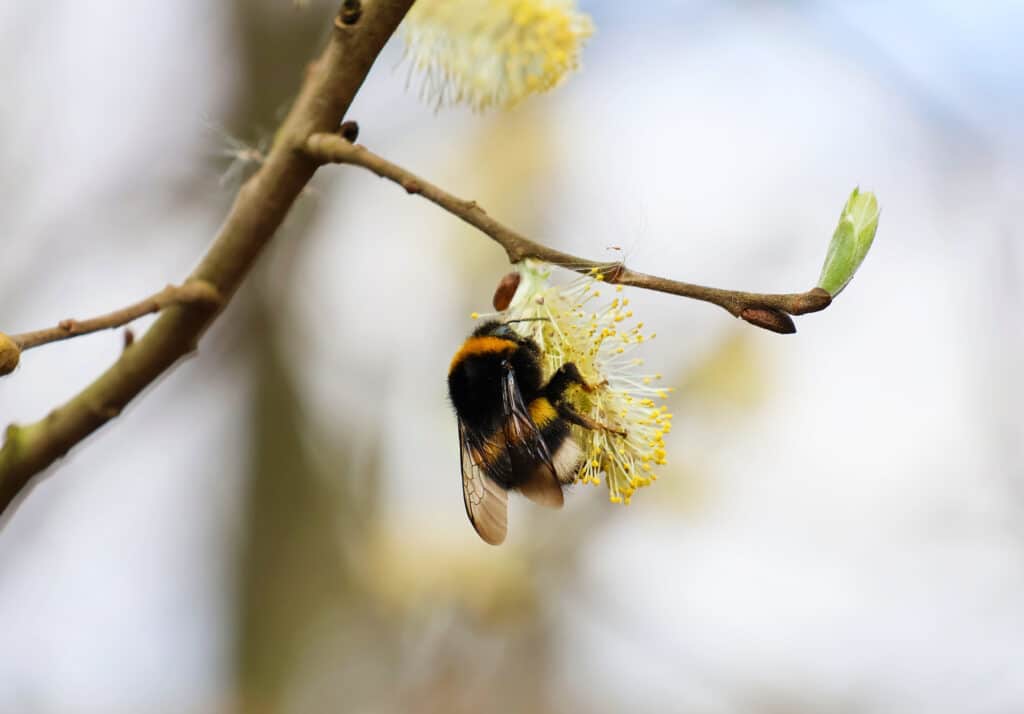
Only Local Delivery Available (Long Island & Queens)
Ground Shipping Paused
To protect our plants from extreme summer heat, we’ve paused nationwide ground shipping to avoid any damage during transit.
Local Delivery Only
We’re still delivering locally to Long Island and Queens, so nearby customers will continue to receive orders as usual.
Fall Pre-Orders Are Open Nationwide!
We will resume normal shipping for non-local orders placed during the pause in early September.
Thank you for your support and understanding—we’re looking forward to growing with you this fall!